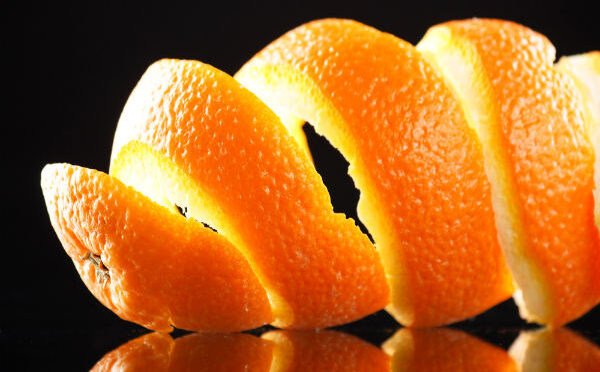Mother nature never lets us down, proving time and time again that everything we will always need is right in front of us, if we would only dig a little further.
In a recent media briefing, at the Australian Science and Medical Centre, Dr Justin Chalker from Flinders University announced that they have developed a “A brand new, dirt cheap, non-toxic polymer that literally sucks mercury out of water and soil is set to become a game changer in the battle against one of the world’s most reviled pollutants.”
The material is made from the industrial waste products sulphur and limonene a colorless liquid hydrocarbon extracted from the peel of citrus fruits such as lemons and oranges and is very inexpensive to produce given the amount of global waste. Making it affordable to produce in large-scale environmental clean ups.
Mercury contamination plagues many areas of the world, affecting both food and water supplies and creating a serious need for an efficient and cost-effective method to trap this mercury,” says Dr Chalker.
“Until now, there has been no such method, but the new sulphur-limonene polysulfide addresses this urgent need.”
Japan, known to be one of the countries who are at high risk of this toxic chemical, many contracting Minamata disease a neurological disorder that causes numbness in the hands and feet, muscle weakness, loss of peripheral vision and damage to hearing and speech upon severe exposure to mercury.
This toxin has significant implications for human health, whether ingested through eating contaminated fish or contracted through the skin, mercury exposure is proven to damage the central nervous system. Those at risk in particular are pregnant women and children.
As of March 2001, 2,265 victims had been officially recognized in Japan as having Minamata disease (1,784 of whom had died).
“So not only is this new polymer good for solving the problem of mercury pollution, but it also has the added environmental bonus of putting this waste material to good use while converting them into a form that is much easier to store so that once the material is ‘full’ it can easily be removed and replaced.” states Dr. Chalker

Dr. Chalkers polymer has also been found to remove toxic metals from water even in small amounts as the dark red material turns yellow when it absorbs mercury.
by LJ Vanier

